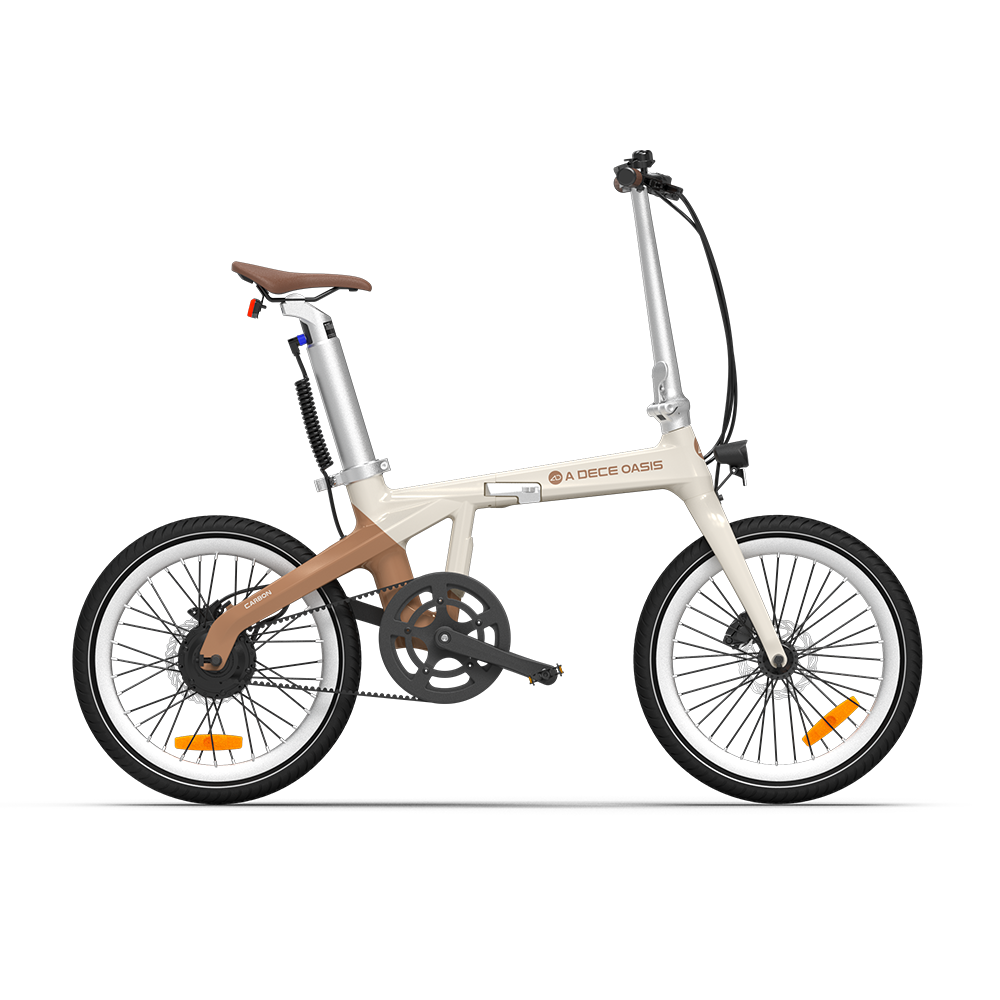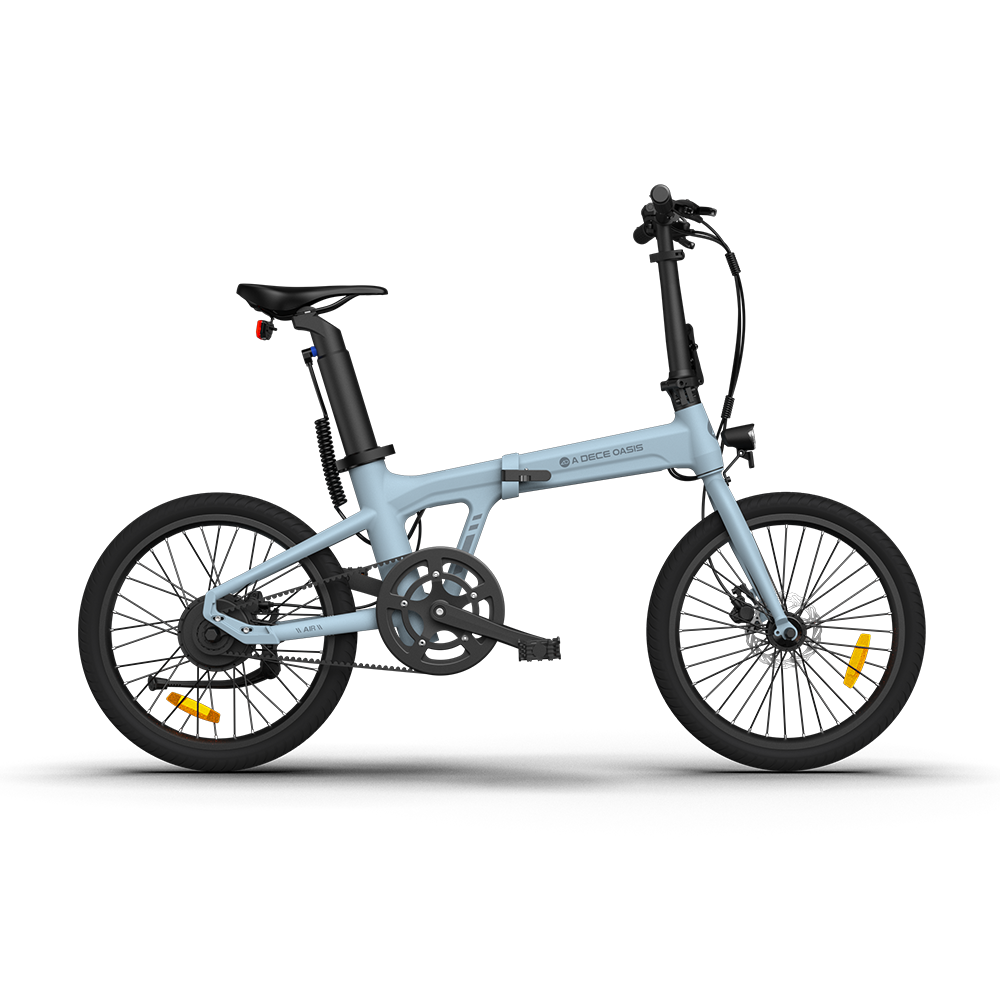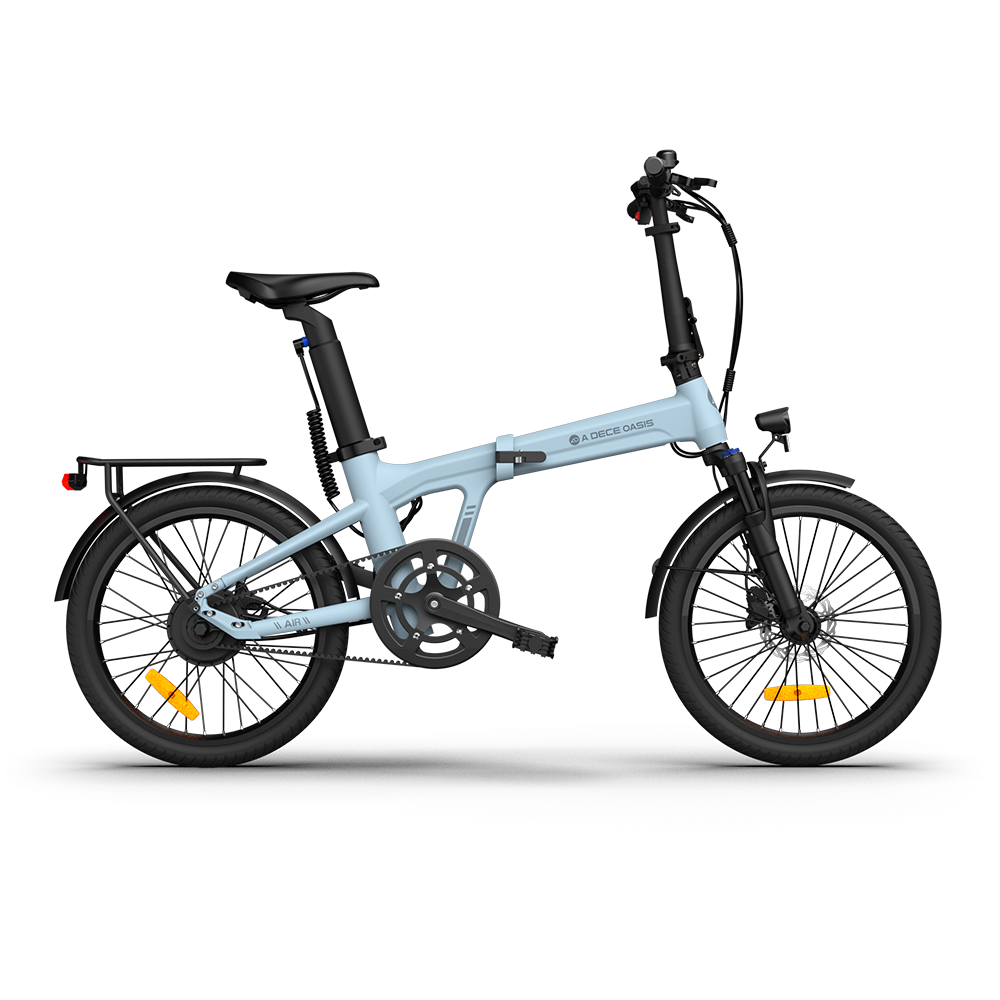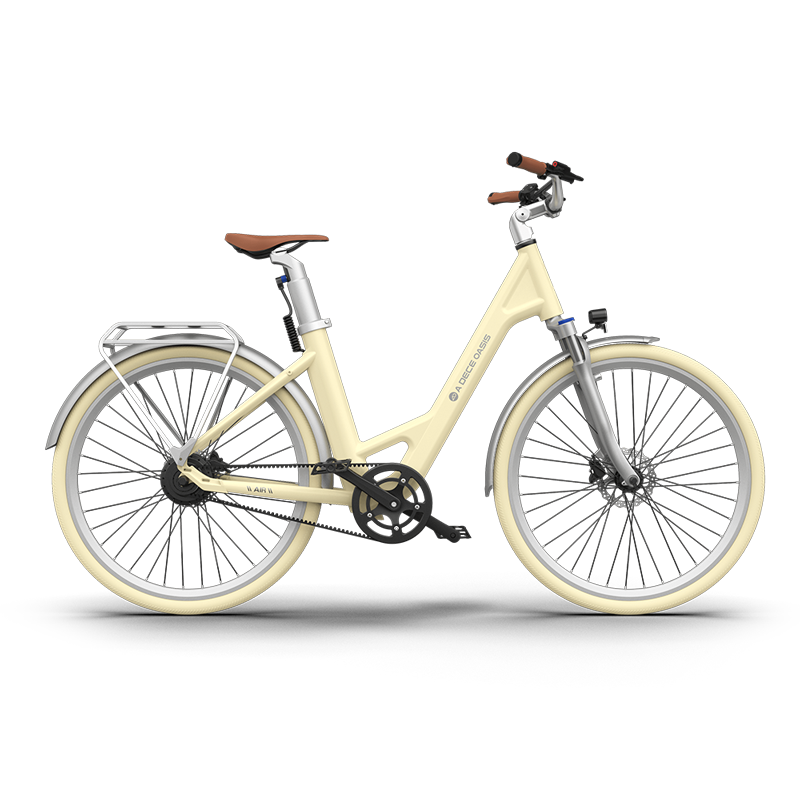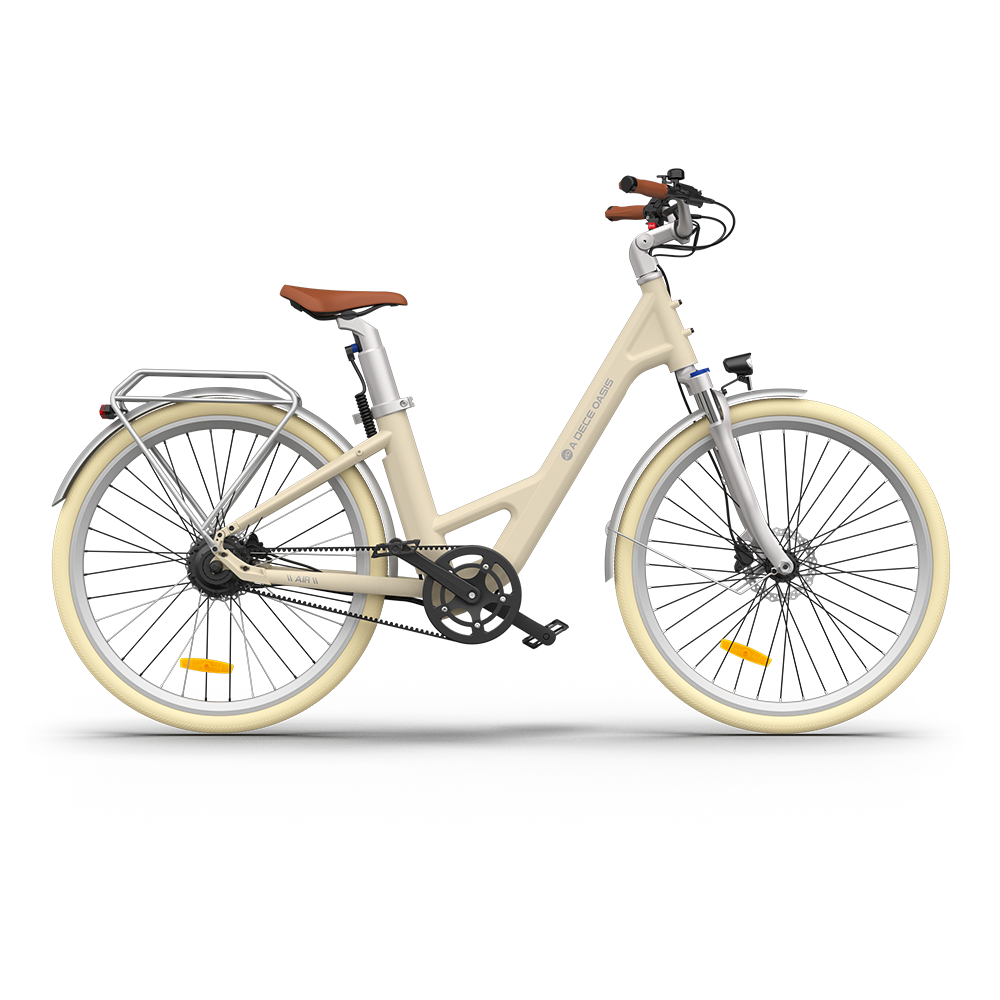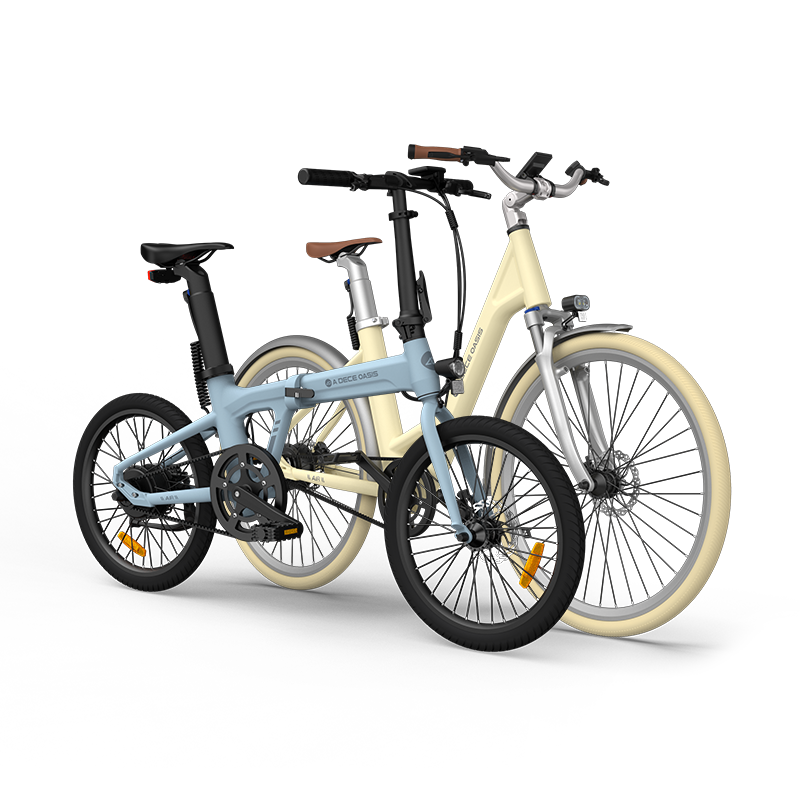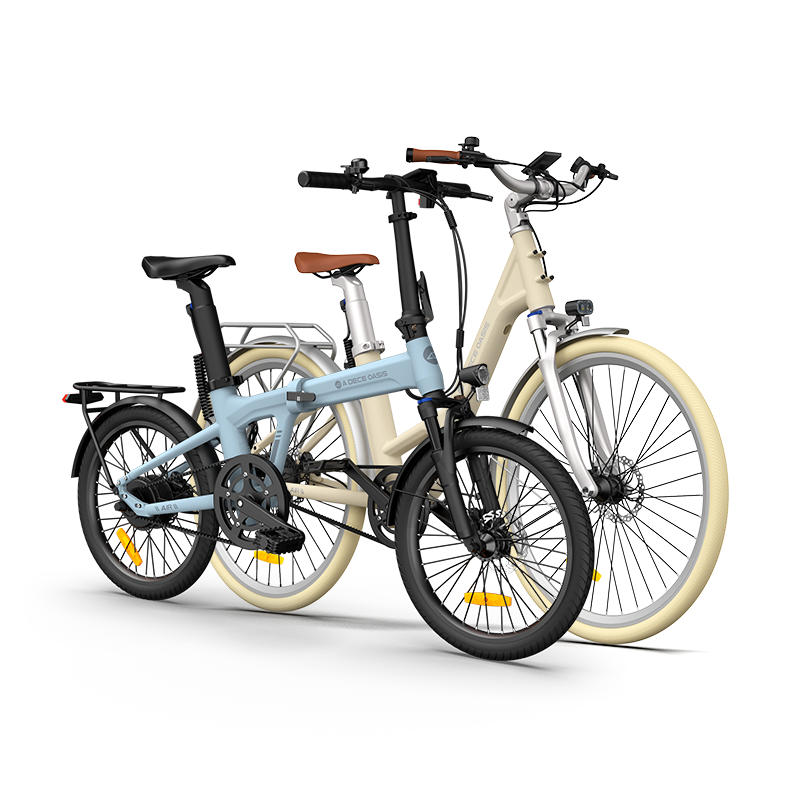The way we travel is changing due to electric bicycles, sometimes known as eBikes. eBikes provide a special option for effective, environmentally friendly transportation by fusing conventional cycling with cutting-edge electric propulsion technology. This article explores the principles of electric drive technology, providing a clear and concise explanation of how it drives these cutting-edge bikes.

The Basics of Electric Drive Technology:
Basically, electric drive technology is the process of moving an e-bike forward by converting electrical energy into mechanical energy. The battery, motor, and controller are the main components of this system, and they are all essential to the bike's operation.
-
The Battery: The electric drive system of an e-bike is powered by the battery. This part stores the electrical energy required to run the bike. Lithium-ion batteries are commonly used in modern eBikes due to their extended lifespan, consistent energy output, and lightweight design. Because these batteries can be recharged, riders can use a regular electrical socket to power up their bikes.
-
The Motor: The motor is where all the magic happens; it transforms the battery's electrical energy into mechanical. The eBike is advanced by this conversion. Electronic bicycles (eBikes) employ many motor types, including mid-drive motors situated at the bike's crank and pedal area and hub motors integrated into the front or rear wheel. With respect to the intended handling dynamics and efficiency, each variety has advantages.
-
The Controller: The controller is the operation's central nervous system. Through handlebar-mounted controls, it modifies the power flow from the battery to the motor in response to input from the rider. If the bike has a pedaling measurement sensor, the controller also controls how much assistance the motor provides based on the rider's pedaling effort.
Benefits of e-bikes' electric drive technology
Several advantages provided by electric propulsion technology make e-bikes a desirable choice for riders:
-
Ease of Use: Compared to traditional cycles, riders can travel farther and climb hills with less effort because to the motor's extra assist.
-
Sustainability: eBikes are an environmentally friendly substitute for vehicles and motorcycles because they emit no emissions when in use.
-
Cost-Effectiveness: Because an e-bike uses less energy and often requires less maintenance than a car, operating an e-bike is significantly less expensive.
-
Health Benefits: Riders still have the choice to choose their level of exertion, even with the electric support, giving them the opportunity to work out if they so want.
In conclusion, electric bike technology gives riding a contemporary spin. They offer a combination of sustainability, ease of use, and efficiency that is difficult to find in other forms of transportation. We can anticipate eBikes becoming even more ingrained in our daily lives as technology develops, improving the efficiency and cleanliness of urban transportation.
Users can more fully enjoy the advantages and opportunities that eBikes provide by learning the fundamentals of how these potent little vehicles operate.




